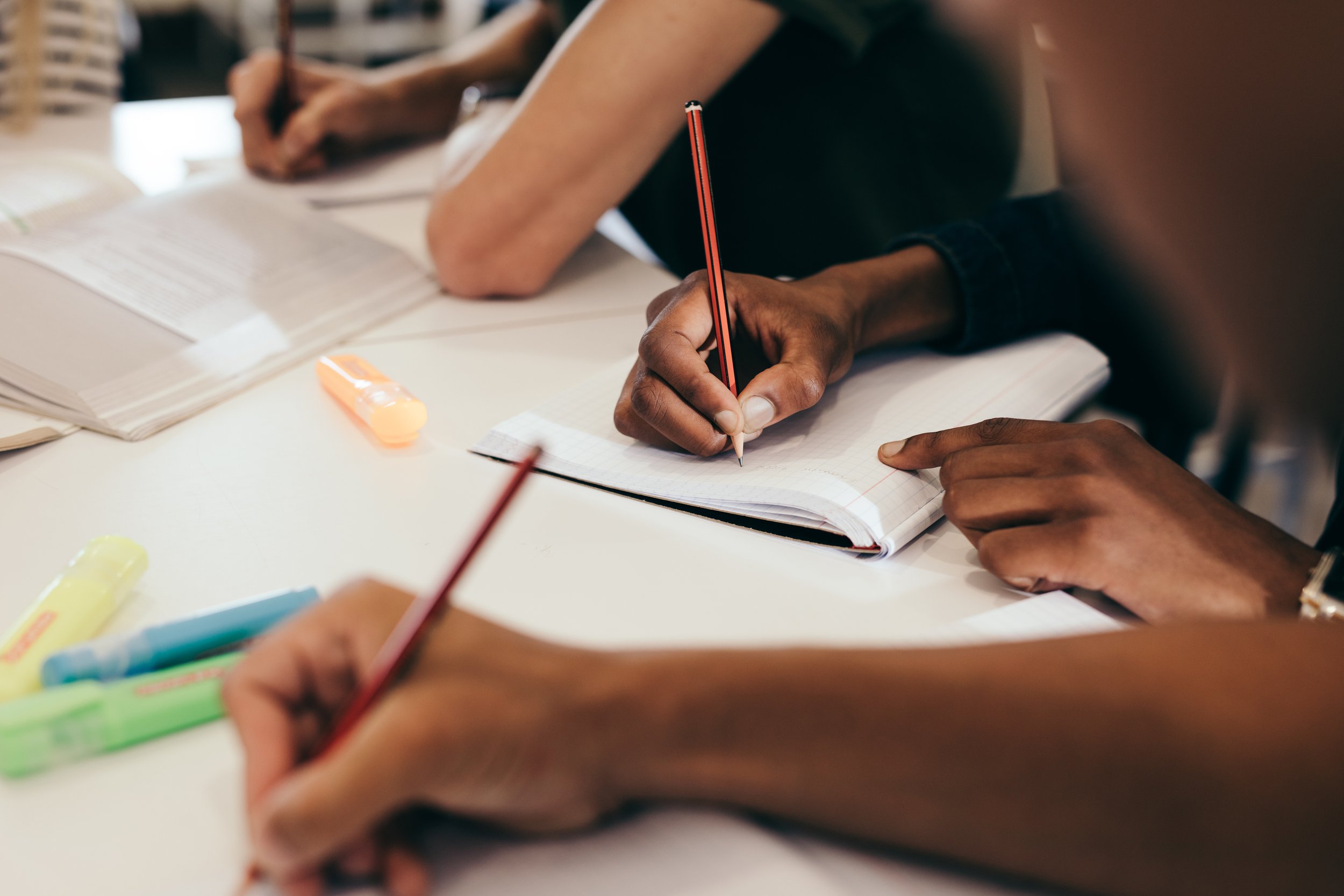The Discipline Dilemma:
The education and betterment of Black children in America is in great peril.
Decades of dismal academic, socioemotional and socioeconomic outcomes point to systematic and structural failures in how students of color are educated. One of the central barriers to equal educational opportunity is racial disparities in school discipline. Black and White students are being disciplined differently in schools. Black students are disproportionately removed from classrooms and receive harsher punishment than their peers for similar transgressions. One of the primary ways that instructional time is stolen is through office referrals, suspensions, referral to alternative schools, and expulsions. Millions of lost instructional days due to suspensions are linked to lower student achievement and adverse adult outcomes for Black students.
School discipline has evolved into one of the hottest and most contentious topics in education. And for good reason. How student behavior is perceived and responded to is a key component of learning and schooling. Educational stakeholders across the spectrum are increasingly concerned with how student behavior is addressed in schools.
It is hard to digest the research and not wonder that how a student is disciplined in America’s schools depends more on the color of their skin than the content of their character or nature of their misbehavior. The disciplinary experiences of Black students in K-12 schools are an urgent social justice issue.

District and school leaders are seemingly caught between a rock and a hard place…
Teachers and parents are demanding safe schools.
Equity advocates highlight persistent racial inequality in suspensions and expulsions and growing evidence of the school-to-prison pipeline.
Student behavior has worsened as students are still re-adjusting to life after the disruption of the COVID-19 pandemic.
New infractions, namely vaping and cell phone use, are on the rise.
There is an ongoing mental health crisis among students.
Teachers and principals are fleeing classrooms and schools due to the supposed mounting chaos in public schools.
The School Discipline Lab leverages a robust school discipline literature to impress upon you that student behavior is not the issue driving discipline disparities.
Black students are not misbehaving more in schools, thus warranting higher rates of exclusionary discipline.

The school discipline dilemma – persistent and multi-faceted racial inequities in students’ disciplinary outcomes despite myriad policy and program interventions – is a pervasive educational problem. To be clear, the crux of the school discipline dilemma is how White and Black students are disciplined and the racial inequality in how student behavior is perceived and addressed in schools.
Districts and schools nationwide are grappling with the challenge of how to reduce racial inequality in school discipline. School discipline policy and program changes do not seem to improve the disciplinary experiences and outcomes of Black students. Alternative approaches to exclusionary discipline are benefiting White students more than Black students. Several studies raise doubts about policy and program changes to differentially benefit the disciplinary outcomes of the students most affected by racial inequities in school discipline.

Why have school discipline reforms reduced rates but not narrowed disparities in students’ disciplinary outcomes?
Is it the students’ or the adults’ behavior in schools that is driving discipline disparities?
Furthermore, what is the path to reducing racial inequality in school discipline?
There is an urgent need for a new way forward in school discipline.
The School Discipline Lab is helping to chart the path to disrupting discipline disparities.
April 10, 2024
August 14, 2024




